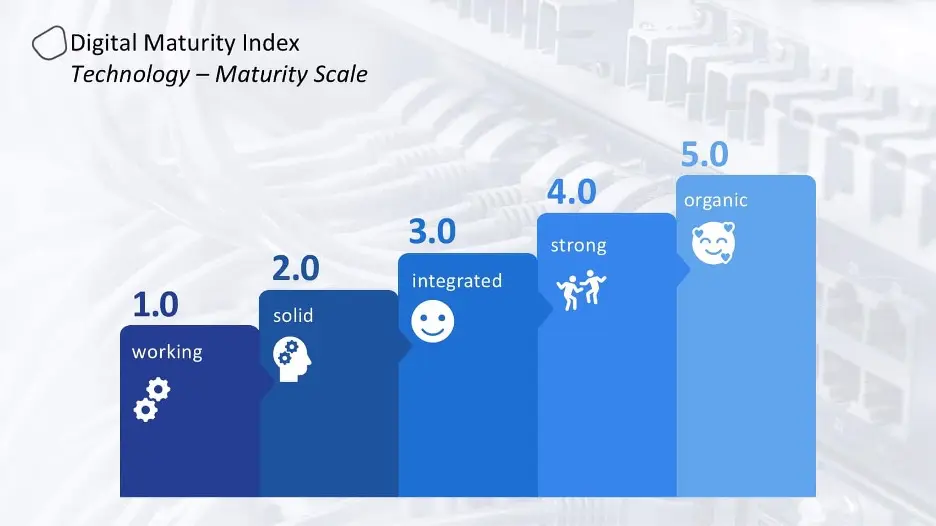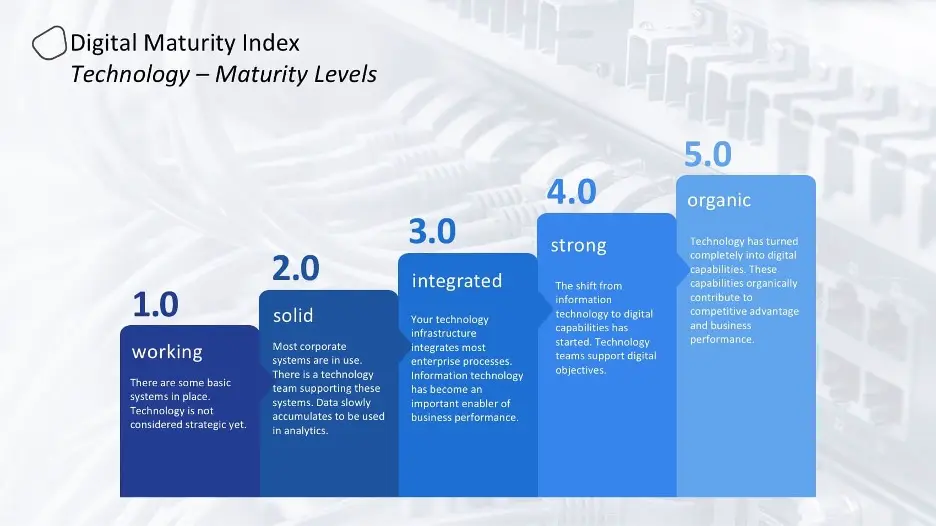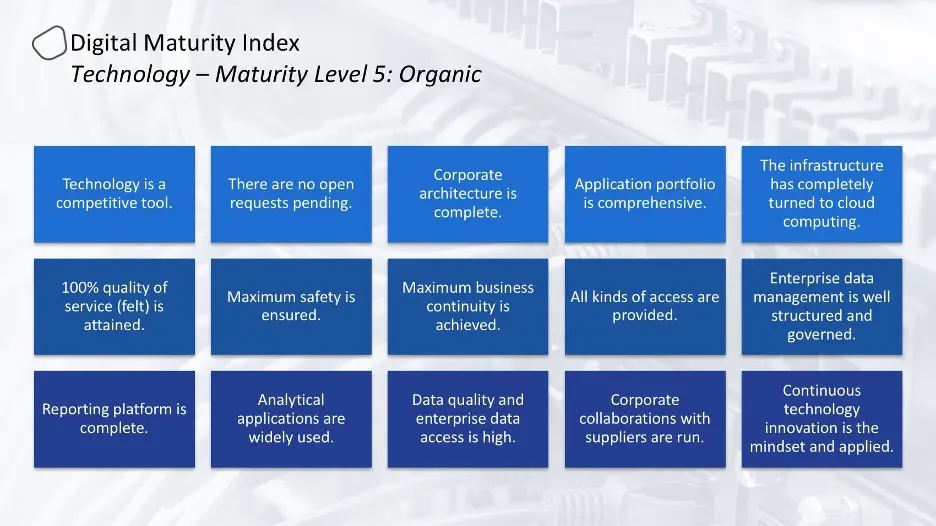
For our modern civilisation, technology is the most crucial enabler for innovation. Without the touch surface underneath the rock-solid glass of our mobile phones, a seamless experience at our fingertips would not be possible. Without state-of-the-art microphones and natural language processing, personal assistant loudspeakers right in our kitchen would not be possible. Without precise GPS systems and advanced routing algorithms, our navigation apps would not function.
Technology continues to permeate every aspect of our life. It is trendy, extraordinarily exciting, endlessly engaging, and effortlessly captures the attention of the media and venture capitalists. It is no secret that technology is adored by consumers. Why, then are there only a dozen tech giants dominating the world? With these tech giants example, humanity still only has a handful of growing technologically advanced “unicorn companies” who are really contributing true value to industries and humanity at large. Yet, with all of this inspiration generated from the successes of the few, there are still only a few outstanding corporate IT leaders and their teams being talked and written about.
Let’s imagine our IT components metaphorically in terms of football. We can think of our trusty IT professionals as the goal keepers of an organization. Imagine the following: as a goal keeper, you can only prevent the other team from scoring. You will never be able to score a goal against the opposing team by yourself. If, for whatever reason your defence screws up and you are forced to concede a goal, you as the goal keeper will usually be to blame. The IT unit within any organisation is very similar. Praise generally is won by the business units or the project owners, but very seldom by the underlying scapegoated IT heroes.
This is the very reason why we call digital transformation a “team sport”. You either win together, or you lose together. It is holistic team digital transformation, or bust.

To achieve “Technological Excellence” an organization must succeed across many components. We have structured them in four main groups: The Foundation, The Applications, The Infrastructure, and The Analytics. All of these components are equally important, all of them are tightly integrated, and all of them must improve and mature simultaneously.
The Foundation group is about strategic capabilities, the direction of the “Technological Excellence” program, the appropriate placement of leadership, having the necessary skills and organisation in place, fostering a tech-savvy culture, and establishing strong governance.
The Application group is everything written in software. This covers all core applications, all complementary applications, all in-house-developed tools and programs, integration, and anything else coded to enable the business’s function.
The Infrastructure group is everything electronic. All that makes the systems run, the lights shine, anything that collects data, and enables the network. This includes service management, security, continuity and all other capabilities making infrastructure as resilient as possible.
The Analytics group is the underlying infrastructure enabling business intelligence and business analytics. This includes all data management, data governance, and data quality.

Our digital maturity index for the “Technological Excellence” dimension, measures on a scale from 1.0 to 5.0. The first maturity level represents very basic technology, so we have labelled it “working”. The highest level, which we have labelled “organic”, describes a state-of-the-art technology stack that is fully integrated, perfectly architected, and completely virtualized with rock-solid security and reliability, all enabling the company’s digital vision.
The studies we have done in the recent past show that the “Technology Excellence” dimension truly makes a difference. Laggards usually have a substantially poor technology function, and digital champions have heavily invested in technology. Technology is the driving force behind successful digital transformation programmes.
During our work with clients we have found that there are a few crucial components you must resolve in particular. Technological governance is all about making the right decisions. A company’s money can be spent either wisely or unwisely on technological projects. Enterprise architecture is akin to a city planner’s map when it comes to creating your tech environment. If you build on a weak foundation, your system may not stand. Last but not least, once you have a rock-solid foundation, integration is where you can eliminate or increment any friction between people, processes and systems.
So, technology is not just about data, applications, and infrastructure. True digital maturity requires a lot of strategizing and empathizing with business units. You must understand the priorities of your leadership and motivate your IT teams to become as productive, creative and collaborative as possible. Once you achieve this, you’ll enjoy the outcome.
Brief descriptions of each level can be found in the graphic below:

We have come across many companies of all shapes and sizes. Some companies love to outsource, with a few senior experts juggling supply, demand and budget. This kind of business model reminds us of a mercenary. You may win battles with this model, but you will not win the war. It would be impossible within this model, for example, to set up a culture or establish a sense of belonging within the company.
Then we see companies who build their infrastructure themselves: everything from operating systems, databases, word editors, and all applications. These companies could easily buy what they need “off the shelf”, as it were, but they insist on developing their own original infrastructure. Now, let’s be clear, there is nothing wrong with having a great development team. However, if you run the risk of becoming dependent on a few senior programmers, then those programmers become attached to their creations, they may not be invested in improving themselves, and you might fall into a development rut.
We are strong “balance” advocates. Extremes and fixed ideas destroy innovation, hinder flexibility, and may sacrifice resilience as well. Worthwhile talent usually does not take to extremes, either. So, be open, be ambiguous, stay flexible, and focus on value across all units.

Based on our experience and the best practices we have examined, we have described the most advanced level of digital maturity within the “Technological Excellence” dimension as organic.
Imagine a company which considers itself a pure software and technology business, in any industry. All processes run on end-to-end integrated software. All its technology is virtualized, stored in the cloud, super-efficient, rock-solid, highly secure, reliable and resilient. Products are digitally enabled, customers can use any device and any channel to reach the company, buy products, enjoy services, interact with all offerings. All of these applications, systems, channels, processes, and data flows are fully integrated, seamless and frictionless. Everything is logged and all data is stored. All that granular data turns into real-time, visualised, precise insight, helping staff and management make the right decisions, and steer the company toward the appropriate business objectives to realise its vision. Remember the saying: The difficult gets done immediately. The impossible takes just a little time.
How long it might take for you, is best determined by measuring your digital maturity.
Check out the rest of the articles in our Digital Maturity Explained series and learn more about all the dimensions of Digitopia’s Digital Maturity Index.
Digital Maturity Explained: All About Business Performance
Digital Maturity Explained: Governance, Reimagined
Digital Maturity Explained: Operations, Rebooted
Digital Maturity Explained: Technology, Reset
Digital Maturity Explained: Innovation, Reignited

